Let’s go back in time and look at the sporting history of this borough, in particular Haringey’s Olympic moments and memories.
The London 2012 Games do not seem that long ago and we are sure you have lots of great memories from that time. In the build up to those Games, we asked about the last Olympics that were held in London in the year 1948 and whether anyone had recollections they could share. Our Reminiscence Group at Bruce Castle had attendees in 2012 who were old enough to remember 1948, but because people just didn’t own televisions at the time, their memories of the previous Olympics in London were scanty and relied on what they had seen on the newsreels at the cinema or in the newspapers. None had had the opportunity to go the Games. How things were very different sixty-four years later in 2012!
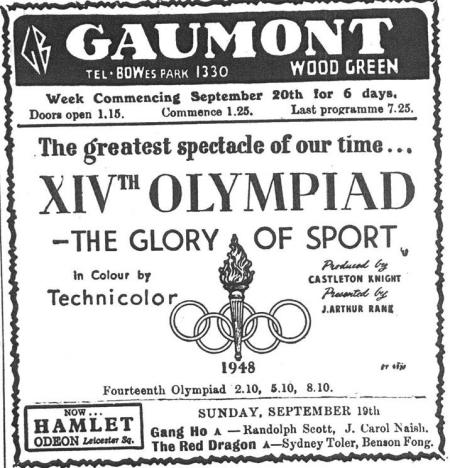
From the collections and © Bruce Castle Museum & Archive
1948 - The London Olympic Games
In 2012, London had been the first city to host the Summer Olympics for a record third time. Our capital city had also previously held the Games in 1908 and in 1948.
1948 was the first time the Olympics had been organised since the 1936 Games held in Berlin. The 12 year gap was because of World War II. The 1940 Games had originally been scheduled for Tokyo, with the 1944 Games provisionally planned for London. Below is a picture of the catalogue we have in our collections that was for the International Exhibition in Tokyo also planned for 1940, complete with the Olympic rings on the design of the back cover – but this exhibition never actually happened of course.
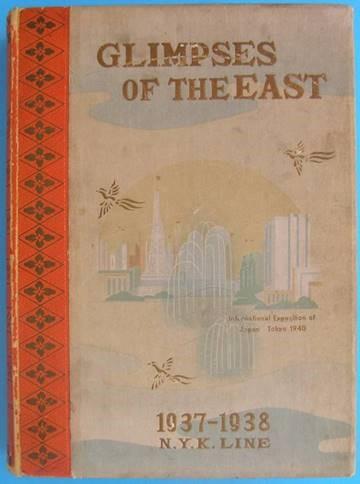
From the collections and © Bruce Castle Museum & Archive
The 1948 Olympics event in London became known as the Austerity Games because of post-war rationing and the economic climate. No new venues were built. Athletes were housed in existing accommodation instead of an Olympic Village. A record 59 nations were represented by 4,104 athletes, 3,714 men and 390 women, in 19 sport disciplines. Germany and Japan were not invited to participate because of their roles as aggressors in World War II. The (former) USSR were invited but chose not to send any athletes. The United States team won the most total medals, 84, and the most gold medals, 38. Britain won 23 medals, three of them gold.
Wembley stadium was the main venue for the opening ceremony of the 1948 Olympics as well as the athletics events. Other sporting venues were used around London to hold the others, including two in the Haringey area.

From the collections of Bruce Castle Museum & Archive
During the preliminaries for the football events, the Tottenham Hotspur football ground at White Hart Lane was used. The staging of the Olympic basketball events was held at Harringay Arena (seen in the photograph above pictured in 1936), which was one of the most important sporting venues in London.
At Alexandra Palace, young visitors to the Games from around the world were made welcome in a makeshift youth hostel to accommodate their stay. The racecourse grandstand in Alexandra Park had been their temporary home, organised by the North London Youth Hostel Association (YHA). The total number accommodated was 1,600, made up of 600 different people and 23 nationalities.
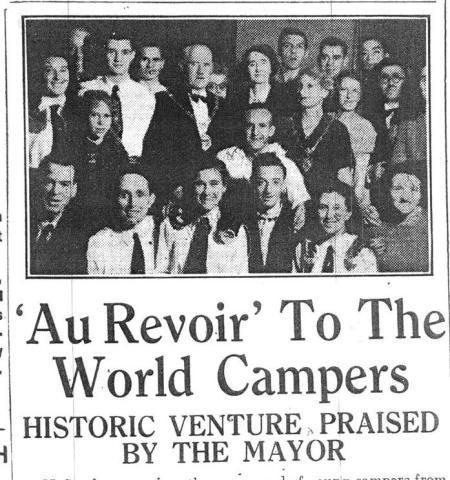
From the collections and © Bruce Castle Museum & Archive
Dunkadelic – Basketball in Haringey
Basketball at the 1948 Summer Olympics was the second appearance of the sport as an official medal event. A total number of 23 nations entered the competition.
Olympic basketball had returned to the Games to become an indoor competition at Harringay Arena, remembering the disastrous weather conditions of the final basketball game in the 1936 Berlin Games, when the outside court ended up being so muddy.
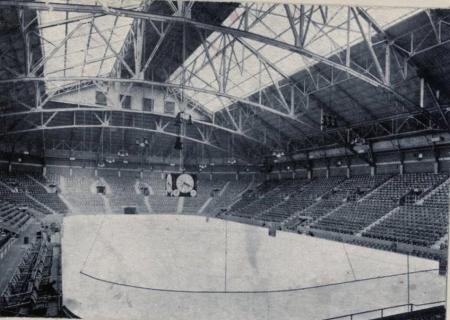
Interior view of Harringay Arena, as seen when it opened in 1936. From the collections of Bruce Castle Museum & Archive.
During 1948, Olympic pictograms were introduced for the first time. There were twenty of them in all, with one for each Olympic sport. They were called "Olympic symbols" and intended for the use on tickets. For the basketball events, the designed outline of a basketball and net featured on all entry tickets for the spectators at Harringay Arena. You can see the basketball and net pictogram on the Olympic programme below. New designs of Olympic pictograms would appear again 16 years later and be part of each Summer Olympics thereafter.
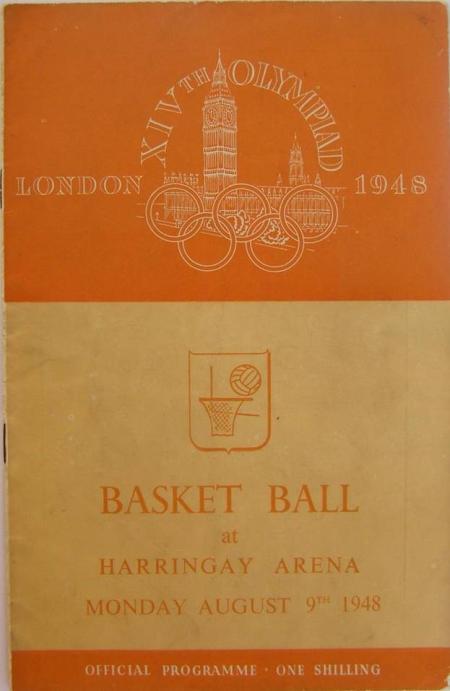
From the collections of Bruce Castle Museum & Archive.
No Olympics would be without its moments of light-hearted heroics. In London, these were mostly provided on the basketball court at Harringay. Reports at the time showed the Iraqi basketball team caused high concern amongst the crowd as they did not play particularly well (they lost two matches by over 100 points). But the highlight for many was watching a diminutive Chinese player in their basketball position as 'point guard', dribbling the ball right through the legs of the mammoth US centre player, Bob Kurland, who was 7 feet tall ! China and Iraq went on to finish 18th and 19th respectively in this event.
Although Haringey has not held any Olympic basketball events since 1948, it can in more recent times boast the club Haringey Angels, based at Greig City Academy, which is rated the best and most successful girls basketball programme in London. The Club has won many accolades over the years in national basketball events. One of their medals from 2005/2006 can be seen below.
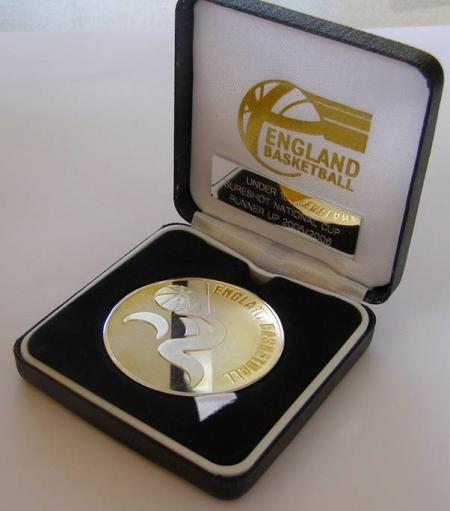
From the collections and © Bruce Castle Museum & Archive
Carrying the Torch - London 2012
In London 2012, the Torch Relay was a huge highlight of the Games for this borough, as we know it was for the rest of the country. The Olympic flame was to be taken through Haringey – coming from Enfield through Tottenham to Wood Green and onto Turnpike Lane, Hornsey and then up to Alexandra Palace. There aren’t many days that you can really say are highly moving and ecstatic at the same time, uniting and bringing together so many people. The images below show the point when the resplendent Olympic flame stopped outside Bruce Castle.
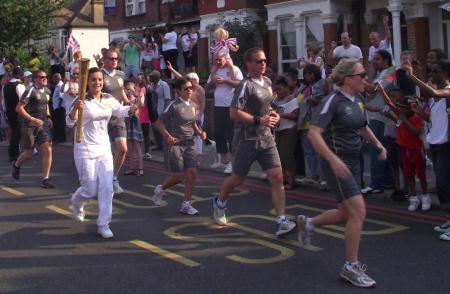
From the collections of Bruce Castle Museum & Archive. © Photographer: Ann Robertson
On day 68 of the Torch Relay - 25 July 2012 - Bruce Castle received some special overseas visitors to the borough, who were in London for the Olympics. There were some who did not in the end make it to Bruce Castle (Hillary Clinton), but there were others who did make it. In addition to the various US sports people, there were visitors such as Bernice King, the daughter of Martin Luther King. A ‘Walk a Mile for Peace’ had been organised around Bruce Castle Park, alongside a range of activities in the park including sports and music organised by Haringey’s Communities and Leisure, Family Arts and Crafts by the Museum staff and the Friends of Bruce Castle, and Imperial College with their mobile weather station (in honour of Luke Howard, the Namer of Clouds!). You can see this film by Leeshy Love showing the community day in Bruce Castle Park - 'I Love Tottenham Olympic Torch Relay' - building up to the arrival of the torch relay and then the torch changeover at Lordship Lane/ Bruce Grove. Outside Bruce Castle and the Park, crowds had been gathering to get the best position to see the torch, lining the street shoulder to shoulder, several people deep. Friend of Bruce Castle Ann Robertson managed to take a really great photograph (above) just as the torch was reaching near the top of Bruce Grove.
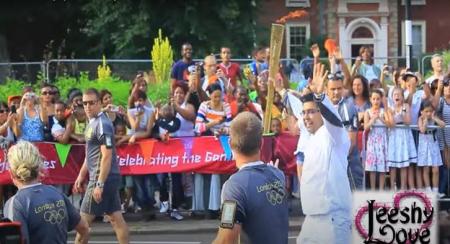
Screen grab from the film ‘I Love Tottenham Olympic Torch Relay’, © Leeshy Love
You can really get a sense of the huge number of people around the junction of Bruce Grove and Lordship Lane, just outside Bruce Castle where the next handover of the torch relay occurred. The roar of the crowds was deafening!
We hope these scenes have brought back some happy memories of the Olympic Torch Relay in Haringey.
If you have any photographs or written memories of the torch relay day in 2012 or going to an Olympic sporting event you would like to share – do get in touch!